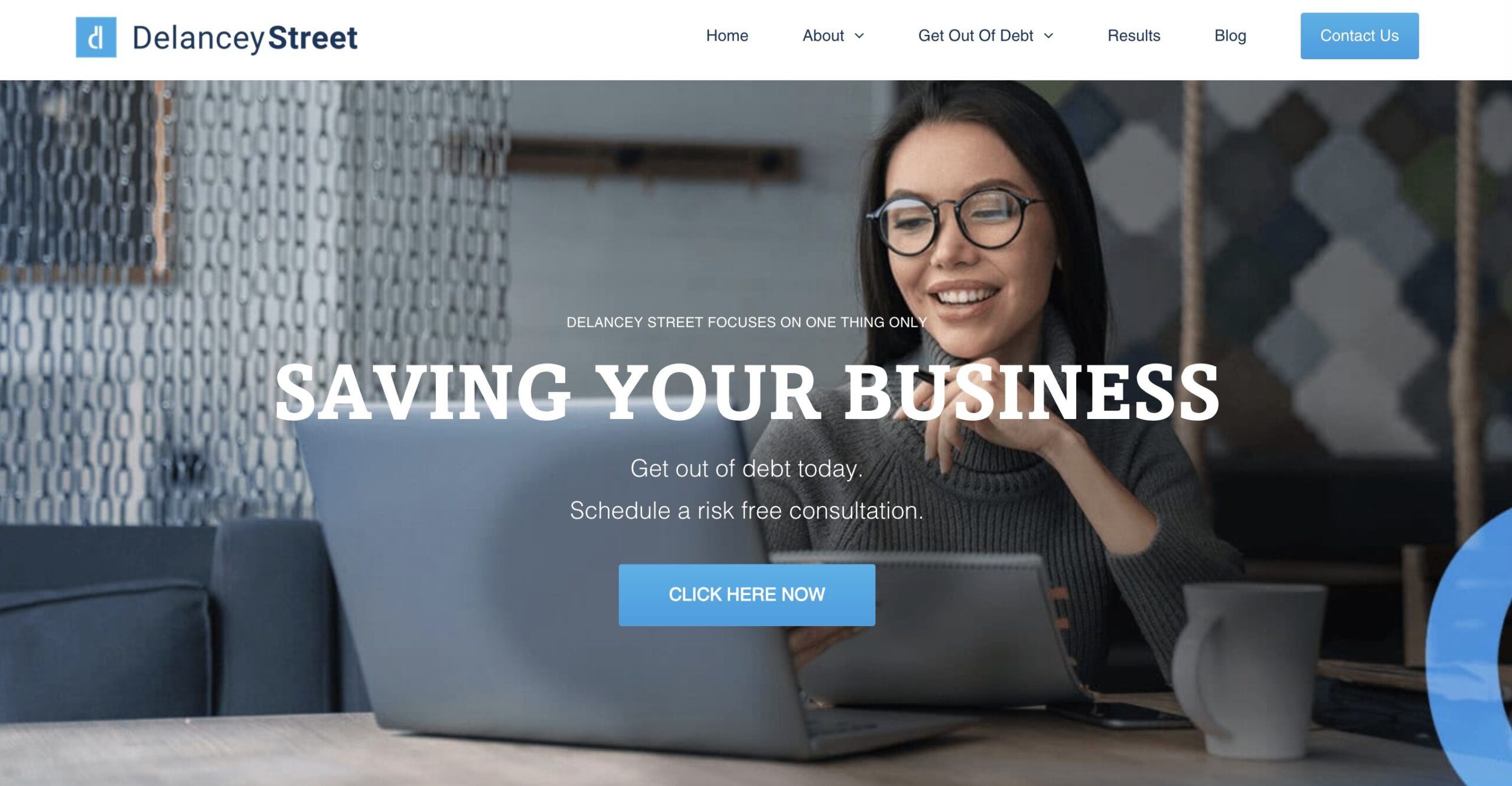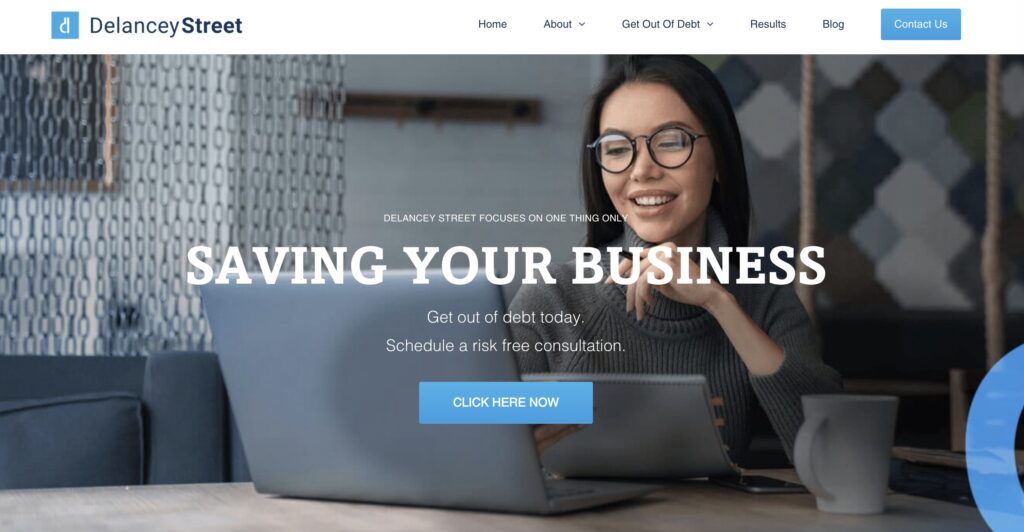How Much Does Business Debt Settlement Cost? Breaking Down the Fees
Settling business debt can relieve financial pressures and improve cash flow. But most settlement deals require lump-sum payments to creditors, often at discounted amounts from total balances due.What does the process of negotiating debt settlements cost? This guide examines common fees and lays out what to expect budgeting for a business debt settlement program.
Upfront Program Costs
Signing up with a professional business debt settlement company that handles negotiations requires an initial enrollment fee. This covers consultations determining suitable settlement targets, custom proposals, document preparation, and support as deals get finalized.
- $500-1500+ enrollment fee
- Additional account setup charges possible
Some settlement firms charge enrollment fees on a per account basis, such as $300-500 per creditor account included in the program. Others charge one flat rate regardless of total debts addressed.When comparing business debt settlement companies, make sure to clarify if advertised fees apply to all outstanding debts or each one individually.Getting professional guidance and representation settling complex B2B debts often justifies enrollment costs. Negotiating multiple settlements simultaneously requires expertise individual business owners rarely possess. Settlement firms have extensive experience striking deals with major banks, vendors, and other commercial creditors.However, organizations should still analyze upfront expenses compared to available capital reserves and projected settlement outlays when choosing a settlement partner.
Monthly Maintenance Fees
In addition to enrollment costs, most settlement companies charge recurring monthly maintenance fees once deals get underway. These ongoing charges help fund regular account monitoring and updates as negotiations progress.
- $50-150 typical monthly fee
- Duration often 12-24 months
- Covers dedicated account management
For example, if a settlement program takes 18 months from enrollment to finishing final lump-sum payments, a $100 monthly fee totals $1,800.Businesses must budget for monthly costs along with any upfront enrollment expenses when considering settlement offers. Compare fee structures from multiple settlement firms before engaging one.Ask prospective companies if they reduce or waive monthly charges once major settlements finalize. Some adjust monthly fees down after hitting certain milestones.
Success Fees on Settlements
The last component of settlement costs involves success fees. These percentages apply to the actual savings from negotiated lump-sum payoffs.Settlement companies generally charge between 15-25% of total debt reductions achieved on behalf of clients. So if a business settles a $100,000 balance for $60,000, the firm would charge a fee on the $40,000 saved.
- 15-25% of settlement savings typical
- Charged only on completed deals
- Funds taken from settlement payments
For example, a 25% success fee on $40,000 savings means $10,000 goes to the settlement company. The business must pay the agreed discounted settlement amount plus the success fee percentage out of the lump-sum payoff check.Businesses should confirm precise success fee rates in writing prior to formally engaging a settlement firm. Reputable companies clearly disclose percentage charges applied to achieved savings. Make sure complete fee breakdowns get included in signed services contracts.
Estimated Total Settlement Costs
Tallying monthly and success charges provides an idea of total settlement costs. However, businesses won’t know exact outlays until after all negotiations wrap up.Costs vary based on factors like:
- Timeframe to finalize all settlements
- Total debts addressed
- Savings achieved from settlements
Running some projections provides ballpark estimates. For example:
- $750 enrollment fee
- $100 monthly fee over 18 months = $1,800
- 25% fee on $100,000 total settlements = $25,000 (based on $400,000 settled down to $300,000)
Estimated total cost = $27,550The debt reduction of $100,000 achieved far outweighs the approximate $28,000 spent on the settlement program. Companies must crunch numbers based on realistic targets to measure potential ROI.Most reputable settlement firms provide free consultations and savings projections as part of initial case reviews. Businesses can use these projections to model out a budget and determine if settlement makes financial sense.
Additional Negotiation Expenses
Beyond direct fees to settlement companies, the negotiation process may involve some additional expenses:
- Legal fees – If any creditors sue over unpaid debts under settlement, legal counsel becomes necessary. Having an attorney review proposed deals can also provide protection.
- Tax liabilities – Settled debt counts as taxable income, so businesses must budget for potential IRS obligations.
- Late fees – Even with good faith efforts, some accounts may continue accruing late fees during settlement talks.
Businesses should pad settlement program budgets with contingency funds to cover any peripheral costs like legal counsel or tax liabilities.
Weighing Investment Against Debt Reduction
Ultimately, business owners must weigh the total invested capital required to settle debts against actual savings achieved on balances owed.Professional guidance maximizes outcomes from complex negotiations. Settlement firms can strike deals reducing principal dues by 50% or more in many cases.But program costs still require upfront budgeting and hands-on analysis of projected ROI. Businesses should run initial numbers with a few settlement companies before committing.The most reputable settlement firms provide free, no-obligation case assessments. These reviews help owners measure potential savings against fees.
Key Steps to Negotiating Business Debt Settlements
If the math on projected savings minus total settlement costs makes sense, here are key steps to negotiating business debt reductions:
1. Prepare Documentation on All Debts
Compile required details on each outstanding account, including:
- Original creditor names
- Account numbers
- Balance totals
- Terms/interest rates
- Payment history
Thorough documentation helps settlement firms analyze individual debt profiles and target the most strategic settlements first.
2. Review Settlement Company Contracts
Vet proposed services contracts thoroughly before signing. Make sure all verbal representations match contractual language regarding:
- Enrollment fees
- Monthly costs
- Success fee percentages
- Cancellation/refund policies
Understanding contract terms upfront prevents surprise charges down the road.
3. Fund Reserves for Settlement Payments
Work on freeing up capital reserves to fund discounted lump-sum settlements. Trim costs in other areas if needed to boost available revenue.Presenting ability to make reasonable “good faith” offers strengthens settlement leverage and credibility.
4. Maintain Ongoing Communication
Stay plugged into the negotiation process as deals progress, providing any requested account updates. Flag changes like new collection notices or lawsuits immediately to settlement reps.
5. Review All Settlement Agreements
Don’t finalize any verbal settlement deal without getting binding written terms first. Make sure creditor confirmations match negotiated language before issuing final payments.Following these best practices while budgeting program costs positions businesses to secure optimal debt reductions from settlement programs. The investment can provide game-changing financial relief compared to years struggling under mounting IOUs without support.
FAQs on Business Debt Settlement Services
How long does the business debt settlement process take?
Completing negotiations on all outstanding debts generally takes 12-24 months. Simple individual account settlements may finalize sooner, while large or complex debts often take a year or longer to fully resolve.
Can all business debts get settled?
Settlement firms report high success rates striking reasonable lump-sum deals across all major business debt categories. But ultimately, outcomes depend on individual creditor policies and willingness to negotiate. In rare cases, some stubborn creditors may refuse to settle.
When do settlement payments get made?
Discounted lump-sum settlements generally don’t release until after verbally negotiated terms get formally signed off on in writing by both parties. Settlement companies provide payoff guidance once binding deals reach closing stages.
Are there tax consequences on settled debt?
The IRS considers any forgiven, cancelled, or settled portion of debts as taxable income. So businesses must plan for potential tax obligations on achieved savings amounts.
How do settlements impact business credit scores?
Settling debt for less than full balances owed will show on business credit reports and likely causes some score drop. However, scores rebound quicker than with defaults or bankruptcies. Ongoing payment issues also drag scores down. So settlements help stabilize long-term ratings.
Can business owners negotiate settlements on their own?
Attempting “DIY” negotiations on complex B2B debts often wastes time and fails more than succeeds. Professional guidance maximizes credible lump-sum offers and ensures binding legal terms result. The cost makes sense considering the scale of savings achieved.



